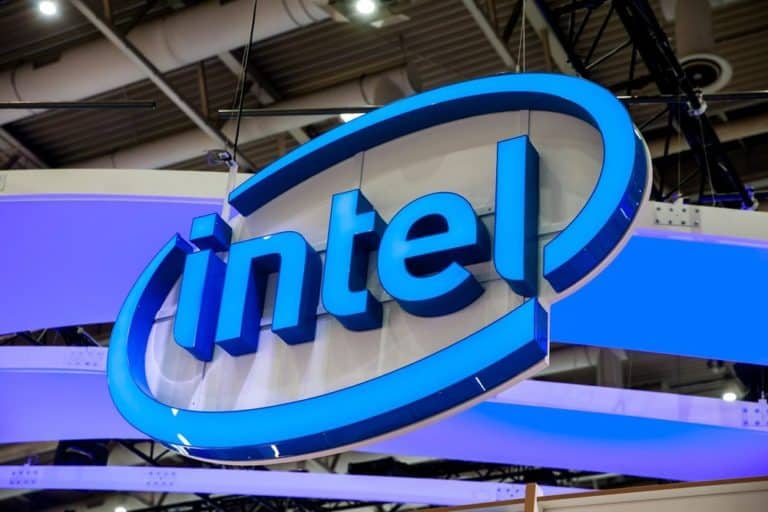With new hardware and software, including a new 10nm system-on-chip (SOC) for wireless base stations, Intel hopes to make a significant step into the 5G market. With the new generation of hardware, the chip manufacturer wants to become a much larger player in the 5G network market.
The Intel Atom P5900 is the chip with which the manufacturer wants to respond to the demand for chips that can be used for wireless base stations, to in turn be used as local wireless networks. According to many, this technology is an important aspect for the rollout of a 5G network for providers, since such chips have a major impact on the speed of the Internet. The P5900 should overtake all competitors, making Intel crucial for providers.
The Swedish company Ericsson and the Chinese company ZTE Corp will, according to Intel, already use the new chips this year, after which other major players will have to follow. Intel has set the goal of becoming the global leader in wireless base stations by 2021.
Xeon
Apart from the introduction of the Atom P5900, Intel is also introducing a second generation of Xeon Scalable CPUs. This chip, also used in 5G networks, is more than forty percent better, compared to the first generation (calculated back to performance per dollar), making it the fastest Xeon in history, according to Intel .
The second generation of Scalables has already been taken into use by Amazon and Microsoft, among others, Intel says. According to the manufacturer, the chips are extremely powerful compared to the competition when it comes to workloads related to AI.
